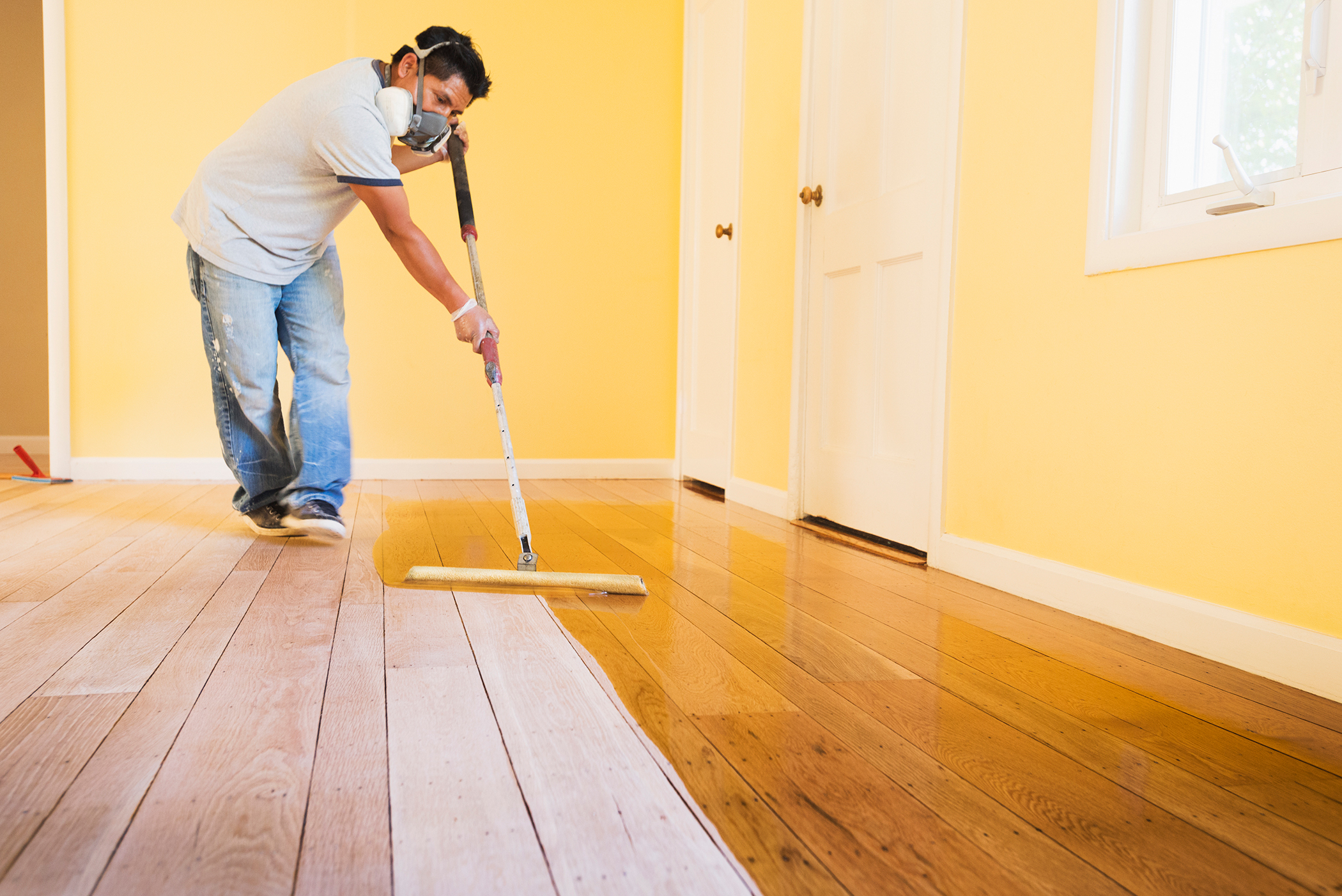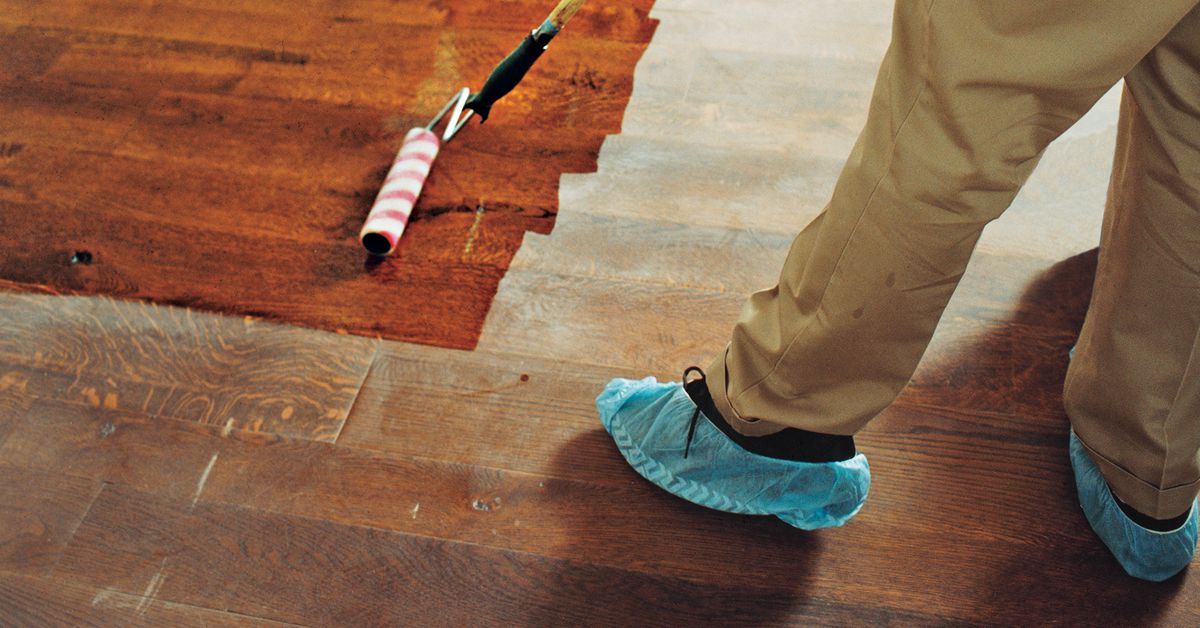
You may not realize how easy and inexpensive it is to repair an old hardwood floor. It doesn’t always require messy sanding and staining to reveal a floor’s hidden beauty, especially if yours aren’t damaged. Before renovating or Hardwood Floor Refinishing in Ann Arbor, you should consider the following seven factors.
Having a Hard Time Cleaning your Wood Floors?
Floors that are dirty and dusty look dingy, and that’s a given. It is common for both types of materials to leave superficial scratches that dull the surface of the material with time. If your dirty floors have lost their shine, it is relatively simple to restore the sheen.
DIY a New Finish Without Sanding
Unless deep cleaning worked, you can sand or stain your wood floor without sanding or staining by using one of the following products.
- Transform your wood or laminate flooring with the Rust-Oleum Transformations Wood and Laminate Floor Renewal Kit. Its semi-glossy polyurethane finish is finished without changing the floor’s color. The product dries within 24 hours and cures in seven to 14 days. Please note that this product will not work with waxed floors.
- The Minwax Hardwood Floor Reviver is designed to restore the existing polyurethane finish on a hardwood floor. The finish can last up to six months with a glossy sheen.
- The Rejuvenate Wood Floor Restorer was created to restore hardwood floors that have previously been sealed. A satin or glossy finish is available.
There are Times When Refinishing is Best
There are some hardwood floors that cannot be repaired quickly. Refinishing floors such as this one that are dry, grimy, and have deep scratches and gaps is a necessity.
A long and labor-intensive process is required to complete the job. Do you plan to do it yourself? If you’re refinishing less than 500 square feet, then sanding, patching, staining, and top coating may take a weekend or longer.
Fixing Those Darn Gaps
The easiest way to fix deep gashes, dings, and gaps when refinishing your floors is to trowel fill them after sanding. This solution is not lasting, however, if carried out at the wrong time of year.
What’s the reason? In a nutshell, wood expands in summer and contracts in winter.
Warm weather often causes the material used to be squeezed out when filling gaps between floorboards. Because of this, filling floors in the summer is best when the humidity is higher.
Even then, trowel filling isn’t an ideal solution, particularly when used in small cracks where filler can easily come loose. How do I proceed? Ensure gaps are filled completely. For smaller gaps you can leave them unpainted to allow for wood expansion.
Dark Floor Stains: What You Should Know
It is a lot of fun picking out a new stain color for your wood floors, such as rich Mahogany or dark Oak, both of which are very popular right now. While darker colors may seem like they would hide dirt, they actually make dust particles more visible.
What’s Better, a Glossy or a Satin Finish?
Floors with glossy surfaces look stunning, but satin finishes are becoming more popular, especially in households with young children. This is because satin finishes are harder to slip on than their shiny counterparts.
Here are a few additional facts about flooring:
- In addition to being slippery, waxed floors are less durable than urethane-based coatings.
- Polyurethane finishes derived from water are low VOC, which means they don’t smell as bad or pose as many health risks as oil-based finishes.


